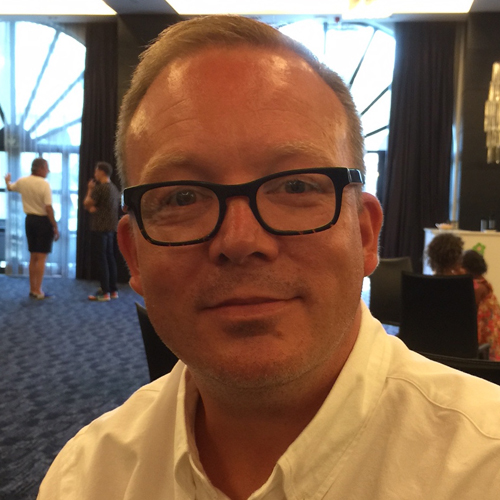Norway Royal Salmon reported lower earnings in the third-quarter of this year, attributed to lower salmon prices brought about by COVID-19.
Norway Royal Salmon (NRS) has reported operational earnings before interest and taxes (EBIT) of NOK 34.8 million (USD 3.7 million, EUR 3.2 million) for the third-quarter of this year, a decrease from the NOK 131.4 million (USD 13.9 million, EUR 11.9 million) achieved for the corresponding period of last year.
The Trondheim-headquartered producer attributed the decline to lower salmon prices brought by the ongoing COVID-19 situation, and also higher production costs in the three-month period.
Its operating revenues of NOK 1.4 billion (USD 148.6 million, EUR 127.1 million) were up slightly on Q3 2019, with sales up 10 percent to 27,110 metric tons (MT). Some 74 percent of the harvested fish were sold in the spot market in the quarter, while 26 percent were sold at fixed prices.
NRS’s Farming business harvested 10,058 MT of gutted weight salmon in the quarter, an increase of 42 percent year-on-year.
The achieved price by its farming operations was NOK 11.01 (USD 1.17, EUR 1.00) lower per kilogram than in the second-quarter of 2020 and NOK 4.93 (USD 0.52, EUR 0.45) less than in Q3 2019. Meanwhile, the total production cost for harvested fish in the last quarter was NOK 44.52 (USD 4.72, EUR 4.04) per kilogram, which was up NOK 4.45 (USD 0.47, EUR 0.40) on Q2 2020 and NOK 9.09 (USD 0.96, EUR 0.82) higher than in the corresponding period last year.
At the start of July, there was a suspected outbreak of infectious salmon anaemia (ISA) at NRS's Dønnesfjord operating area, where it had 1.5 million fish with an average weight of 4.8 kilograms. The Food Safety Authorities confirmed the disease at one of three sites and this site was harvested during the third-quarter. NRS said that fish welfare and growth at the other two sites were good and that mortality has been very low.
It expects production costs to decrease in the fourth-quarter as it will only harvest fish transferred to the sea in 2019.
NRS’s forecast for the full-year 2020 is now 32,500 MT, which is a decrease of 2,500 MT from the volume previously reported, which it attributed to increased maximum allowed biomass (MAB) and postponed harvest into 2021 when it expects a higher market price.
For 2021, the harvest volume is estimated to 40,000 MT, which would be an increase of 23 percent compared with 2020. The estimated smolt put to sea for 2020 is 10 million.
In the last quarter, Farming and Sales achieved an operational EBIT of NOK 4.21 (USD 0.45, EUR 0.38) per kilogram, down from NOK 19.60 (USD 2.08, EUR 1.78) in Q3 2019, with the decrease attributed to the salmon price and production cost situations.
“The market price of salmon has, as normal, been seasonally low in the quarter but is also impacted by the COVID-19 pandemic,” CEO Charles Høstlund said. “In the quarter, NRS finished [the] harvest of a generation that has had high production costs. Our margins in this quarter are therefore affected by this. We have had good growth throughout the quarter, and by starting to harvest a new generation we expect lower production costs in the next quarter.”
Høstlund also said that NRS has “high expectations” of Arctic Fish in Iceland, of which it owns 50 percent.
“We want to take this company a step further and have therefore engaged financial advisers to explore a potential listing of Arctic Fish on Merkur Market. A possible result of the process is that NRS will surpass majority ownership in Arctic Fish after the transaction,” he said.
The group owns 36,085 MT MAB, located in Troms and Finnmark. It also has minority interest in three associated Norwegian fish farming companies which together own 11 fish farming licenses, as well as Iceland’s Arctic Fish which has licenses for 11,800 MT in MAB.
NRS also has two major investment projects in progress. A new, centrally-located smolt facility is expected to be completed next year, although it has been designed so that it has the potential for further extensions. At the same time, its Arctic Offshore Farming program is expected to receive its first fish in spring 2021. Two cages and a feed barge are currently under construction.
Photo courtesy of Norway Royal Salmon







